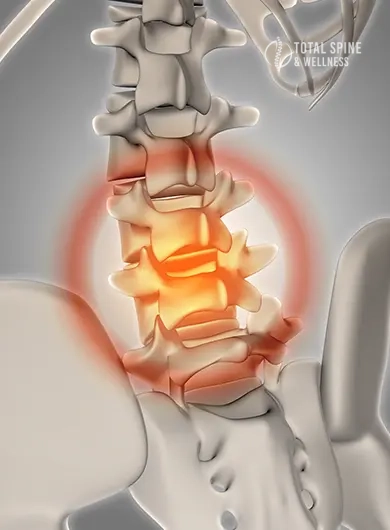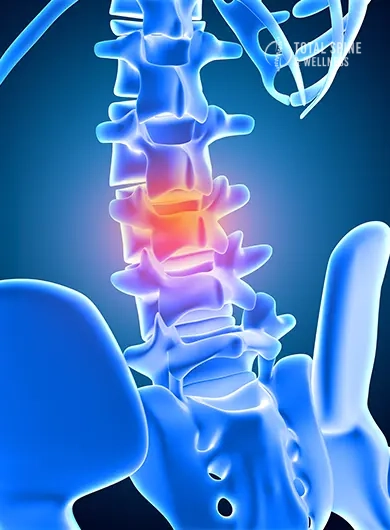Back of Knee Pain After Running
Our Team
We are a team of highly specialized spine surgeons dedicated to pioneering the future of spine care.
Share:
Running is a popular and accessible form of exercise, but it can sometimes lead to discomfort — especially around the knees. One particular issue that many runners experience is back of knee pain after running. Understanding its causes, symptoms, and treatment options is essential for both new and seasoned runners who want to stay injury-free and improve performance.
Common Causes of Back of Knee Pain
Hamstring Tendinopathy
One of the most common reasons for pain behind the knee is hamstring tendinopathy. This occurs when the tendons that connect the hamstring muscles to the bones become irritated due to overuse or poor running mechanics.
🔗 Hamstring Tendinopathy – BPC Physio
Popliteus Muscle Strain
The popliteus muscle sits at the back of the knee and plays a crucial role in knee stability. A strain or tear in this small muscle can cause sharp pain during or after running, particularly when going downhill or changing direction quickly.
🔗 Pain Behind the Knee – Bupa UK
Baker’s Cyst
Also known as a popliteal cyst, this fluid-filled swelling behind the knee can develop due to underlying issues like arthritis or meniscus tears. While it may be painless at first, it often causes discomfort and stiffness after running.
🔗 Baker’s Cyst – NHS
Meniscus Injuries
Tears in the meniscus — the cartilage that cushions the knee joint — may refer pain to the back of the knee. These injuries often come with swelling, locking, or a catching sensation.
🔗 Meniscus Tear – Hospital for Special Surgery (HSS)
What's the Reasons Behind Back of Knee Pains?
Poor Running Form
Overstriding, heel striking, or improper foot placement can create imbalances that place excessive pressure on the back of the knee.
🔗 Common Running Form Mistakes – Runner’s World
Weak or Tight Muscles
Weak glutes, tight hamstrings, and stiff calves can all contribute to poor biomechanics, increasing the risk of knee injuries.
🔗 Prevent Running Injuries – Harvard Health
Inadequate Warm-Up or Recovery
Skipping warm-ups or cooldowns can increase muscle stiffness and inflammation, leading to strain behind the knee over time.
🔗 Warm-Up Tips – Mayo Clinic
How to Reduce Knee Pain While Running
Strengthen Supporting Muscles
Incorporate exercises that strengthen the hamstrings, glutes, and calves to support the knee joint during running. Bodyweight squats, bridges, and resistance band exercises are excellent options.
🔗 Best Strength Exercises for Runners – Verywell Fit
Stretch Regularly
Daily hamstring and calf stretches help maintain flexibility and reduce tension in the posterior knee area.
🔗 Stretches to Relieve Knee Pain – Cleveland Clinic
Choose Proper Footwear
Running shoes with adequate cushioning and support can significantly reduce impact forces on the knee.
🔗 Choosing the Right Running Shoes – American Academy of Podiatric Sports Medicine
Use Correct Running Techniques
Work with a physiotherapist or running coach to optimize your stride and improve form.
🔗 Running Mechanics and Injury Prevention – HSS
Treatment Options and When to See a Doctor
If the pain persists for more than a few days or is accompanied by swelling or instability, consult a healthcare provider. Treatment may include:
- Physical therapy
- Anti-inflammatory medications
- Kinesiology taping
- Rest, Ice, Compression, and Elevation (RICE)
- In rare cases, surgical intervention
🔗 Knee Pain Treatment – WebMD




Frequently Asked Questions
What does it mean when the back of your knee hurts after running?
It may indicate strain in the hamstring, popliteus muscle, or underlying issues like a Baker’s cyst or meniscus tear.
How long should I rest if I feel pain behind the knee?
Rest for 48–72 hours and monitor symptoms. If pain persists, consult a medical professional.
Can I still run with mild posterior knee pain?
Only if it doesn’t worsen with activity. Otherwise, it’s best to rest and address the root cause.
Are there specific stretches to target this pain?
Yes. Hamstring, calf, and IT band stretches are effective in alleviating tension behind the knee.
Schedule An Appointment
If you’re struggling with back of knee pain after running, don’t let it sideline your progress. Take action now — consult a physiotherapist, adjust your training plan, and focus on prevention. Subscribe to our newsletter for more expert tips on injury-free running.

